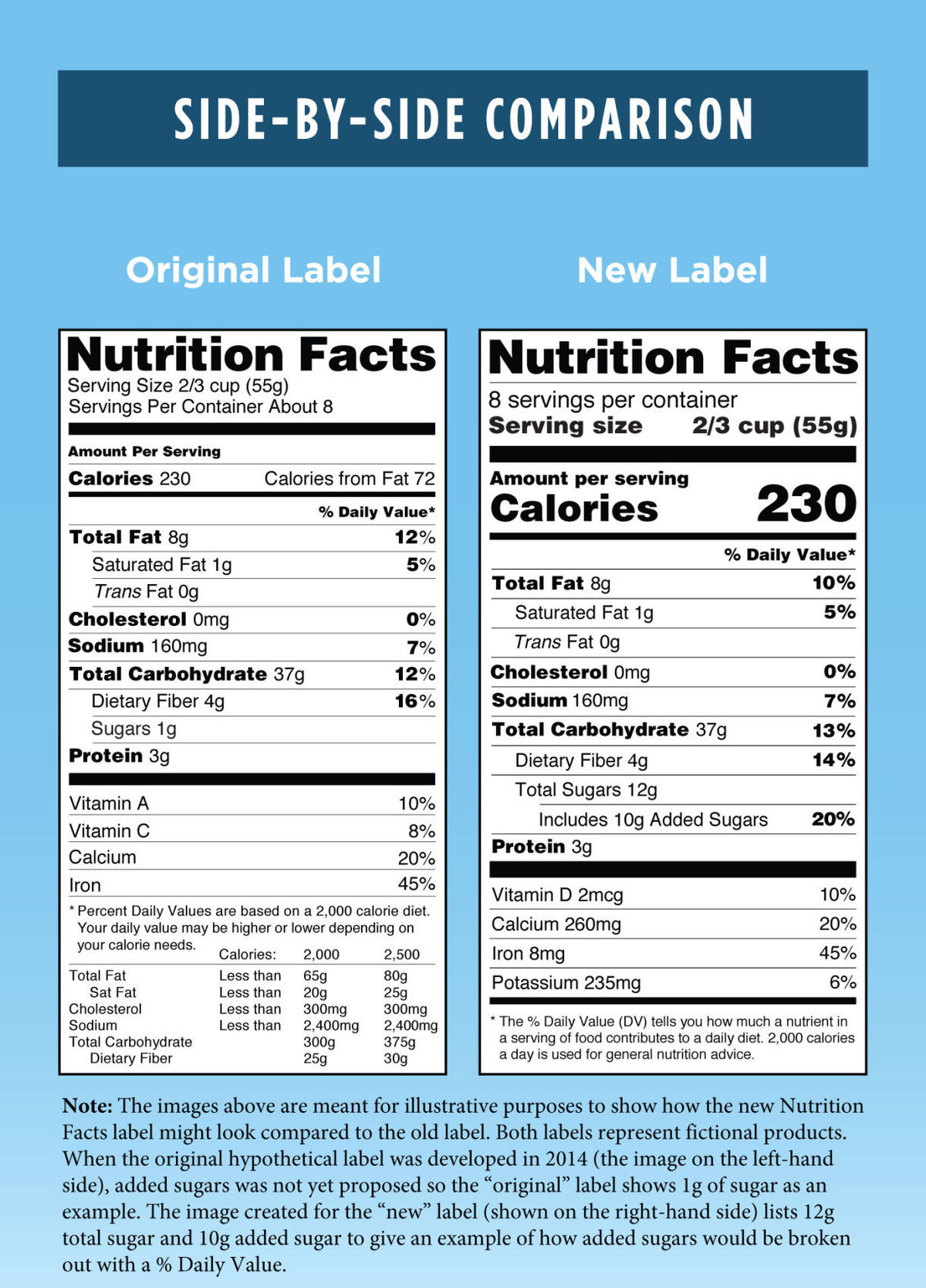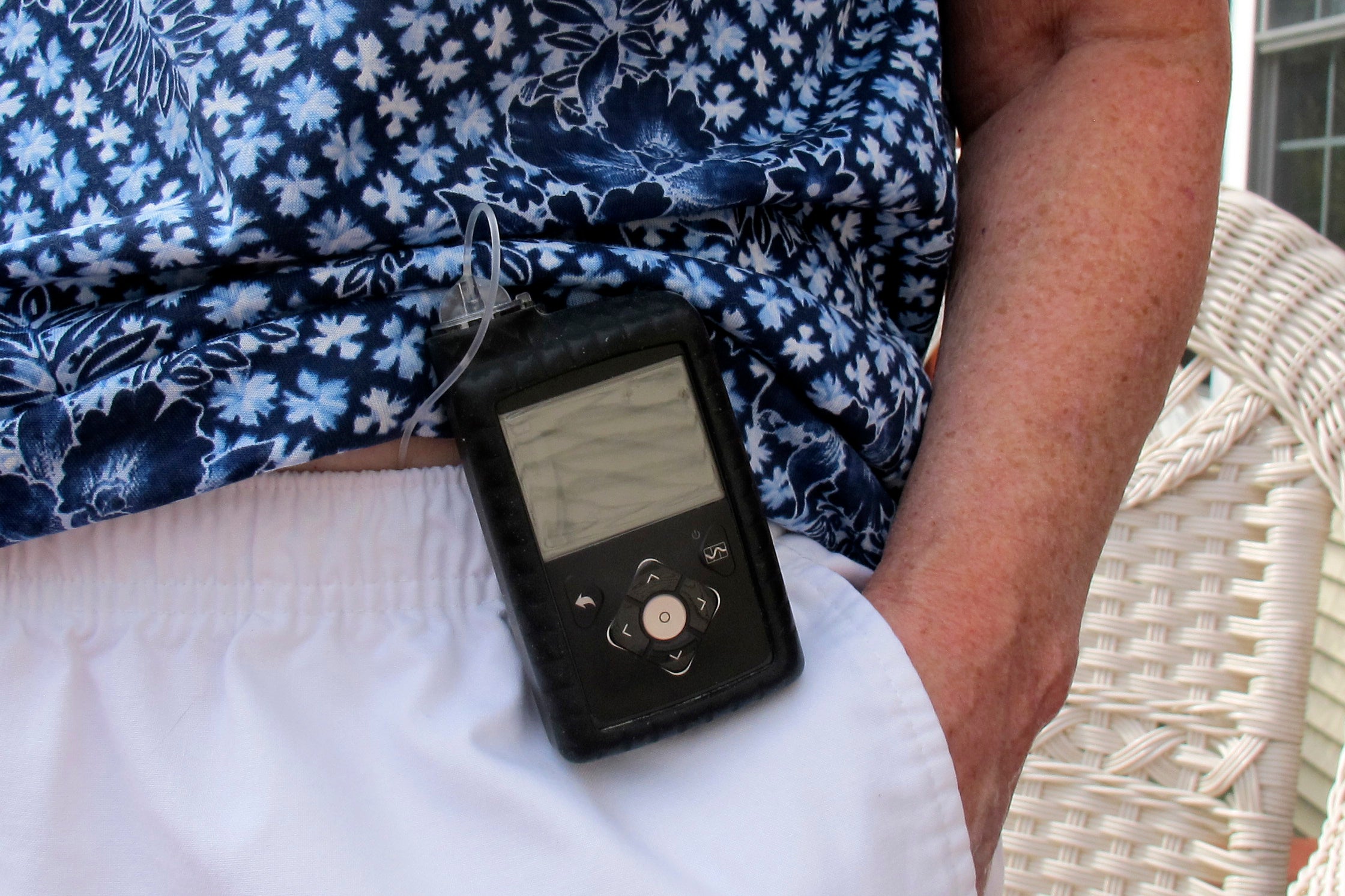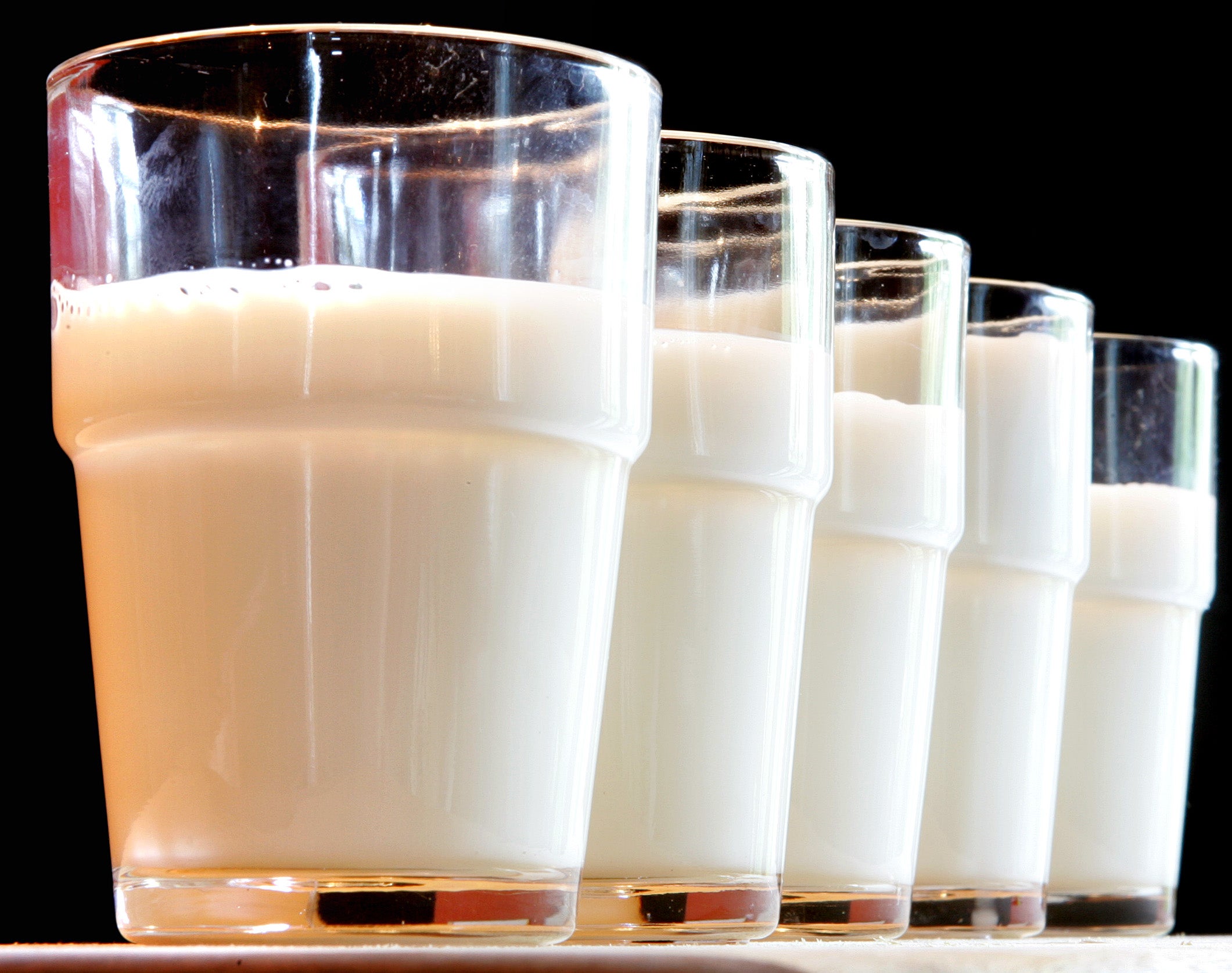If you want to eat right you have to know what you’re eating, of course. But those food labels can be confusing.
Now there is set to be new labeling. I’ve included a photo of two labels side by side, the old label and the new one.
What the Food and Drug Administration wanted was a simple label that could guide you. But, there are just so many who play a role in this mock turtle soup: the manufactured food industry, nutritionists, doctors, consumers and, of course, the federal government.
Stay informed on the latest news
Sign up for WPR’s email newsletter.
And although they might agree on some things, there are others that they fight about like cats and dogs. For example, sugar.
The manufacturers said the old way of labeling was just fine. Listing how much sugar was in their product was all that was necessary. But the new label takes them to task. It now tells not just total sugar, but how much was added.
That’s a step forward for us, the consumer. Added sugar is what they put in the product to get us to buy it. We Americans love sugar. We consume about 60 pounds of sugar every year, and that doesn’t include the sugar added to fruit juices like cranberry juice cocktail.
If you want to eat right and lose weight, you want to avoid added sugars.
Let’s look at other things that are nifty about this new label:
- Calories. This is now listed in large print. It stands out. It’s impressive. It’s what we are usually most interested in when we’re shopping.
- Serving size. It’s larger, too. Now you can easily see what the calories are per serving, again without having to put on your glasses, like I have to do. And you will also know right away the actual serving size (in the illustration, for example, 2/3 cup).
Now, a bit more on serving size — it’s not what nutritionists recommend you eat, but rather what the average American eats. So the size might be quite large because we eat larger sizes.
That means you don’t want to use this as a guide of what’s a good portion for you to eat. It’s just what your neighbor down the block might chow down.
Also on the new label, a good fat section. Trans fats are still separated out. Your goal is to reduce your trans fats to zero; the less you eat the better off you are.
These are industrialized fat products that extend the shelf life of crackers, cookies, candies and cakes. We used to think they were a neutral fat, not causing heart disease, but we were wrong. They are, in fact, bad — something you should try to reduce and, if you can, eliminate.
And in the vitamin section, things have changed. Gone are Vitamin A and C, as they are minor players in the health scene. On board now are Vitamin D along with its good friend, Mr. Calcium. Both together give us bone health. Congrats to officials for putting Vitamin D in its proper place in nutrition.
Iron keeps its position. It’s important, but look at the other new kid on the block, potassium. As you know, we should reduce sodium, but its sister potassium is something we want to consume more. Studies have shown the more potassium we eat, the better our health, especially when it comes to blood pressure.
My spin: The new food label goes a long way toward helping us shop right, eat right and live long. Stay well.
Wisconsin Public Radio, © Copyright 2024, Board of Regents of the University of Wisconsin System and Wisconsin Educational Communications Board.





